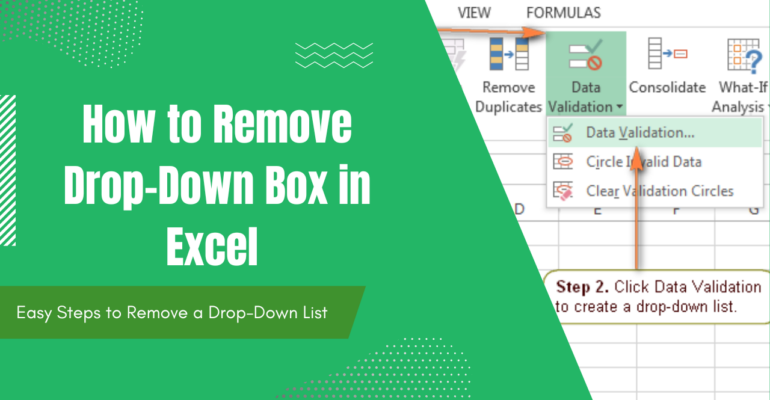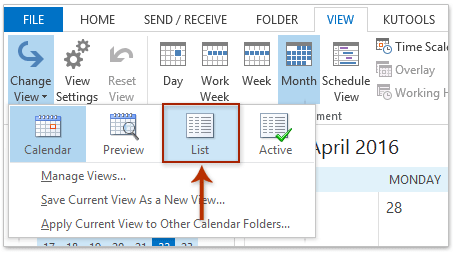5 Tips: Trim Excel Strings
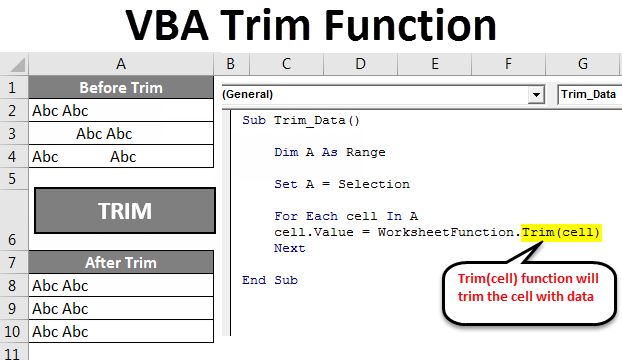
String manipulation is an essential skill for any data analyst or programmer, and Microsoft Excel provides a range of tools to efficiently trim and manipulate text data. In this comprehensive guide, we will delve into the world of Excel string trimming, exploring five powerful techniques that will streamline your data management processes and elevate your spreadsheet skills to a new level.
Excel, with its vast array of functions and capabilities, is an indispensable tool for managing and analyzing data. However, dealing with string data can often be a challenge, especially when it comes to removing unwanted characters, spaces, or formatting. In this article, we will uncover the secrets of Excel's string trimming functions, empowering you to efficiently clean and refine your text data, making it ready for further analysis or presentation.
The Art of String Trimming in Excel
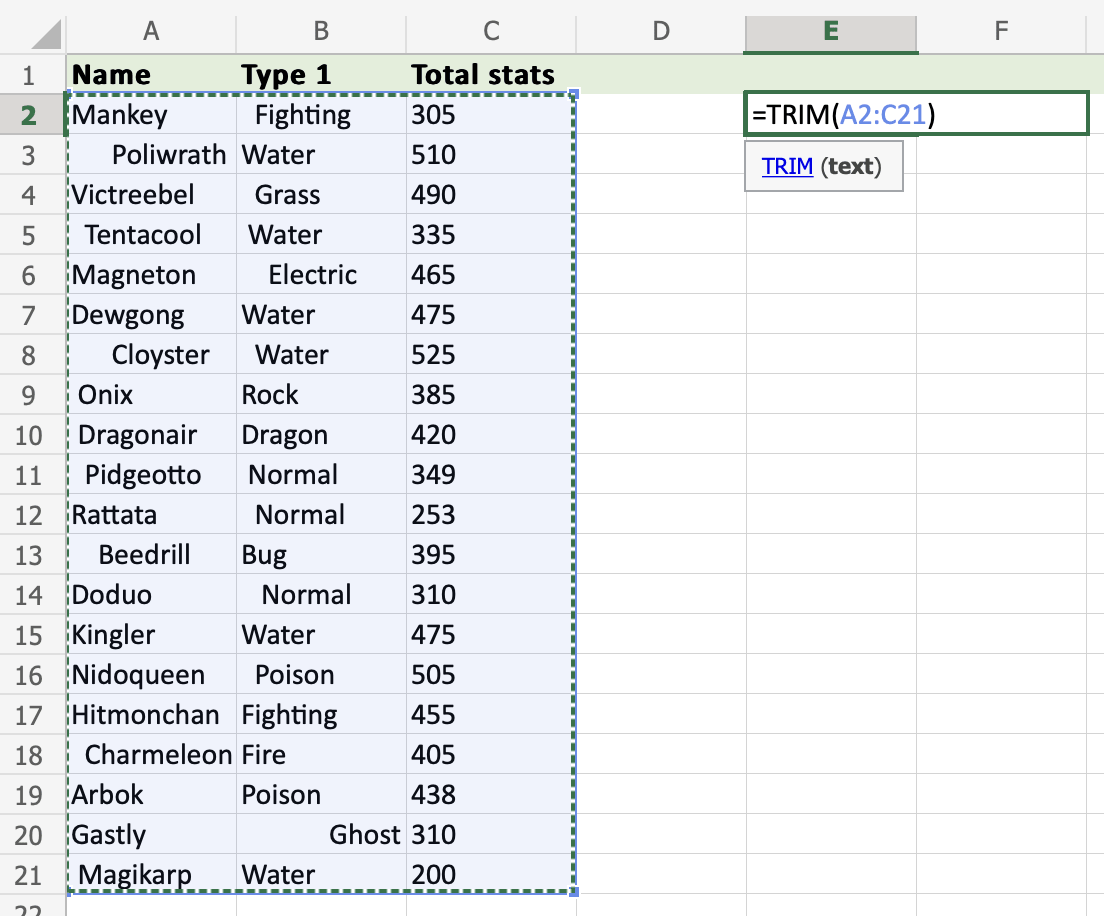
String trimming is a fundamental aspect of data preprocessing, ensuring that your data is clean, consistent, and ready for analysis. Excel offers a comprehensive set of tools to accomplish this task, and by mastering these techniques, you can save valuable time and effort when working with large datasets.
Tip 1: LEFT, RIGHT, and MID Functions
The LEFT, RIGHT, and MID functions are Excel’s string extraction tools, allowing you to extract specific portions of a string based on their position. These functions are particularly useful when you need to extract specific data from a larger string, such as extracting a customer’s last name from a full name or retrieving a product code from a product description.
For instance, consider a dataset containing customer names in the format "First Last". To extract the last name, you can use the RIGHT function, specifying the number of characters to extract from the right side of the string. Similarly, the LEFT function is ideal for extracting data from the left side, such as extracting the first few characters of a serial number.
| Function | Purpose | Syntax |
|---|---|---|
| LEFT | Extracts characters from the left side of a string. | =LEFT(text, num_chars) |
| RIGHT | Extracts characters from the right side of a string. | =RIGHT(text, num_chars) |
| MID | Extracts a specific section of a string based on start and end positions. | =MID(text, start_num, num_chars) |
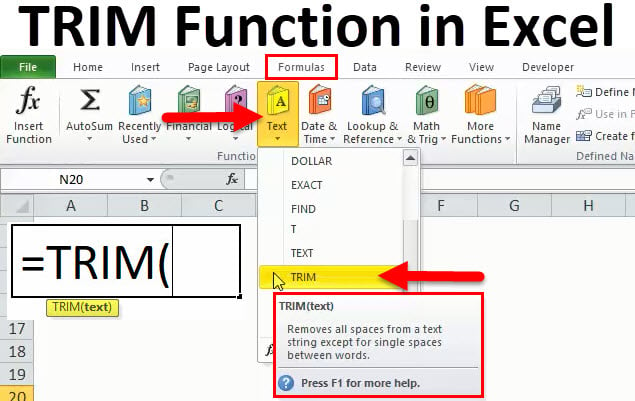
Tip 2: TRIM Function for Space Removal
The TRIM function is your go-to tool for removing extra spaces from text strings. Excel often adds extra spaces when data is imported or copied from other sources, leading to inconsistencies and potential errors during analysis. The TRIM function ensures that only a single space is retained between words, making your data cleaner and more readable.
To illustrate, imagine a dataset with product names that have varying numbers of spaces between words. By applying the TRIM function, you can ensure that each product name has a consistent and uniform appearance, making it easier to sort, filter, and analyze the data.
| Function | Purpose | Syntax |
|---|---|---|
| TRIM | Removes extra spaces from text strings, leaving only one space between words. | =TRIM(text) |
Tip 3: CLEAN Function for Special Characters
The CLEAN function is a powerful tool for removing non-printable characters and special characters from your text data. Excel may sometimes import data with hidden characters, such as line breaks or non-breaking spaces, which can cause issues when sorting or filtering. The CLEAN function helps you eliminate these unwanted characters, ensuring a cleaner and more reliable dataset.
Consider a scenario where you have imported a list of email addresses, and some of the addresses contain hidden line breaks or special characters. By using the CLEAN function, you can ensure that each email address is a single, clean string, making it easier to work with and analyze.
| Function | Purpose | Syntax |
|---|---|---|
| CLEAN | Removes non-printable characters and special characters from text strings. | =CLEAN(text) |
Tip 4: CONCATENATE Function for Joining Strings
The CONCATENATE function is a versatile tool for joining multiple strings together. Sometimes, you may need to combine data from different columns or cells to create a single, unified string. The CONCATENATE function allows you to specify which strings to join and how to separate them, providing a flexible solution for data concatenation.
For example, imagine you have a dataset with first names and last names in separate columns. By using the CONCATENATE function, you can easily join these names to create a full name string, complete with a specified separator (such as a space or a comma).
| Function | Purpose | Syntax |
|---|---|---|
| CONCATENATE | Joins multiple strings together, allowing you to specify separators. | =CONCATENATE(text1, text2, ...) |
Tip 5: Advanced String Operations with TEXTJOIN
Excel’s TEXTJOIN function is a more advanced string manipulation tool, allowing you to join multiple strings with a specified delimiter while ignoring empty cells. This function is particularly useful when you need to combine data from various cells or columns, ensuring that only non-empty values are included in the final string.
Consider a dataset with product specifications, where each product has multiple attributes in separate columns. By using the TEXTJOIN function, you can create a single string that lists all the product attributes, separated by a specified delimiter, making it easier to present or analyze the product data.
| Function | Purpose | Syntax |
|---|---|---|
| TEXTJOIN | Joins multiple strings with a specified delimiter, ignoring empty cells. | =TEXTJOIN(delimiter, ignore_empty, text1, text2, ...) |
Conclusion
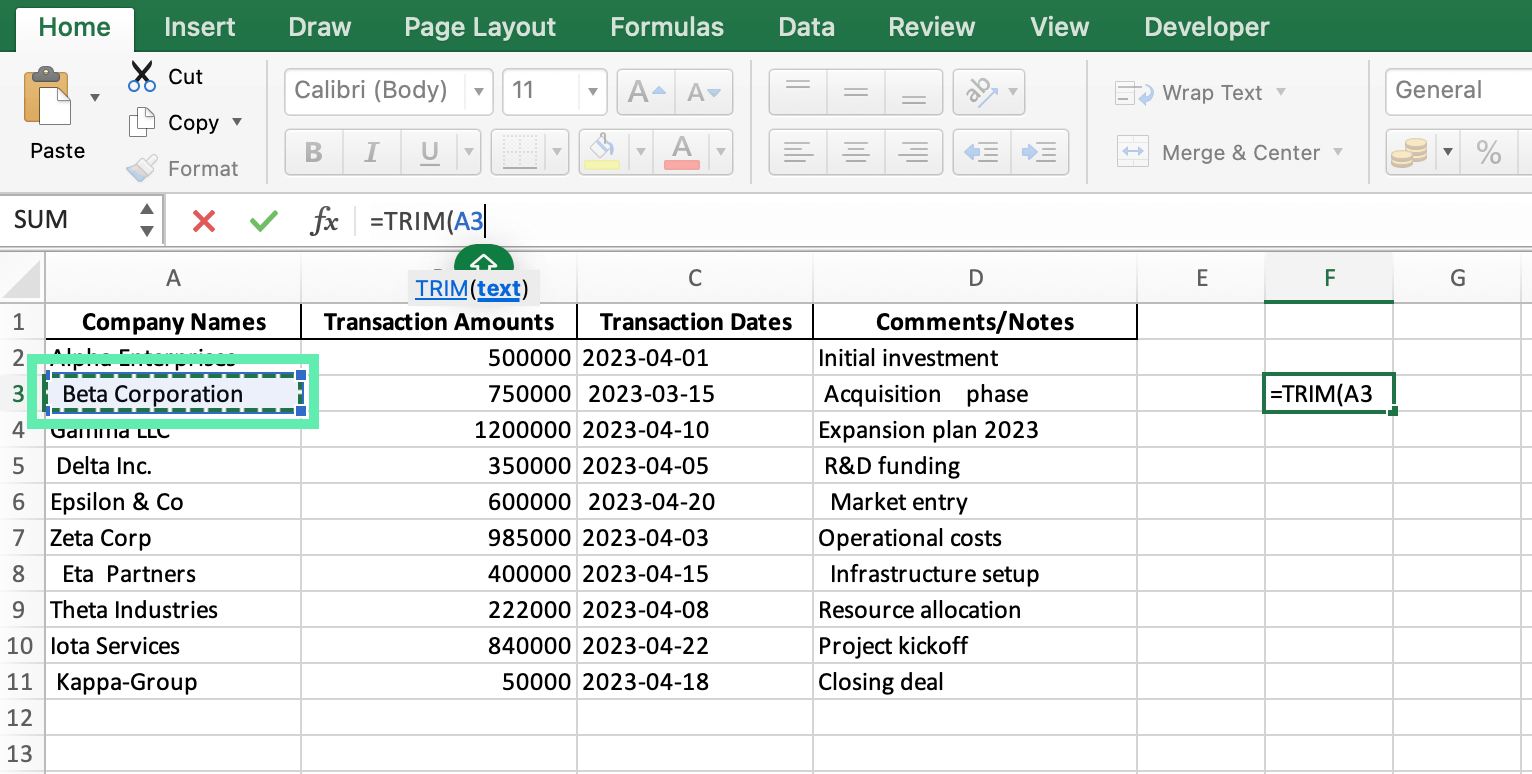
Mastering Excel’s string trimming and manipulation techniques is a crucial step towards becoming a proficient data analyst. By leveraging the LEFT, RIGHT, MID, TRIM, CLEAN, CONCATENATE, and TEXTJOIN functions, you can efficiently clean and format your text data, making it ready for analysis and presentation. These skills will not only save you time but also ensure that your data is accurate and consistent, leading to more reliable insights and decision-making.
As you continue to explore Excel's capabilities, remember that string manipulation is a fundamental skill that will serve you well in various data-related tasks. Keep practicing, experimenting, and learning, and soon you'll be a master of Excel's string trimming techniques.
What is the difference between the TRIM and CLEAN functions in Excel?
+The TRIM function is designed to remove extra spaces from text strings, ensuring that only a single space is retained between words. On the other hand, the CLEAN function is used to remove non-printable characters and special characters from text strings. While both functions are used for data cleaning, they serve different purposes based on the type of unwanted characters you need to remove.
Can I use Excel’s string trimming functions to remove specific characters from a string?
+Yes, you can use Excel’s string manipulation functions to remove specific characters from a string. For example, you can use the SUBSTITUTE function to replace unwanted characters with nothing (an empty string), effectively removing them. This function is particularly useful when you need to remove specific symbols or characters from your data.
Are there any alternatives to the CONCATENATE function for joining strings in Excel?
+Yes, Excel offers an alternative to the CONCATENATE function called the CONCAT function. The CONCAT function is similar to CONCATENATE, but it has a simpler syntax and is more versatile. It allows you to join multiple strings together without the need for specifying each string individually, making it easier to work with large datasets.
